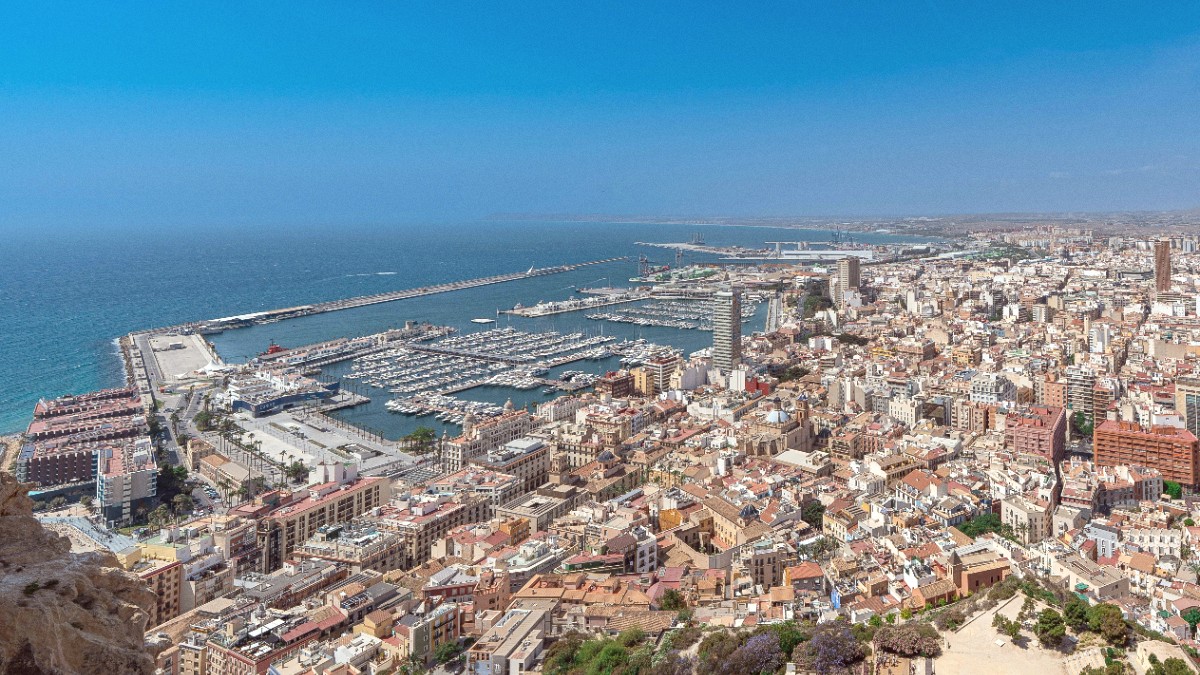
Valencia And Murcia, Spain
Extensive local bus networks operate within and between towns. Major cities like Alicante, Benidorm, and Torrevieja have comprehensive urban bus services. Intercity buses connect smaller towns and villages. The TRAM Metropolitano de Alicante is a modern light rail and tram system. It serves Alicante city and extends along the coast northwards to Benidorm and Dénia. It also runs southwards to El Campello.
The TRAM system includes different lines (L1, L2, L3, L4, L5, L9), each serving specific routes and destinations. The TRAM provides a scenic way to travel along the coast. Public transport generally operates from early morning, around 6 AM, until late evening or midnight. Frequency varies by line and time of day. In cities, services typically run every 10-30 minutes during peak times.
Download Moovit, TAM Alicante, or the TRAM Metropolitano de Alicante app for real-time information.
Newer buses and TRAMs are designed with ramps and designated spaces for wheelchairs.
Always validate your ticket or card when boarding buses or trams to prevent fines.
Minimum age typically 21; valid license and credit card needed.
Available in tourist towns; valid motorcycle license required.
Numerous shops rent bicycles (road, mountain, e-bikes).
Book rental cars in advance, especially during peak season.
The minimum age for car rental is typically 21. Some companies may require drivers to be 25 or older for certain car categories or charge a young driver's surcharge. Motorcycle and scooter rentals are available in many tourist towns. Spain boasts an excellent modern road network.
Major cities provide tour buses, including hop-on-hop-off services, for convenient sightseeing.
Numerous boat trips depart from coastal towns for sightseeing and excursions (e.g., to Tabarca Island).
An elevator from Postiguet beach takes visitors directly to the castle; return trip ~€3.80.
Spain has regulations promoting accessibility. Many newer public transport vehicles, specifically trams and city buses, include accessibility in their design. Major attractions and hotels are increasingly accessible.
Plan your routes using offline maps on your phone.
Saves data and works without internet.
Purchase a multi-trip card for frequent public transport use.
Saves money and time on fares.
Always validate your ticket or card when boarding buses or trams.
Prevents potential fines.
Beyond standard options, the Costa Blanca holds unique transportation methods that make your travel experience more enjoyable. These are often geared towards sightseeing or specific excursions.
Hop-on-hop-off services in major cities like Alicante offer a convenient way to see the main sights.
Numerous boat trips depart from coastal towns for sightseeing and excursions to nearby islands.
The Santa Bárbara Castle lift provides a quick and accessible way to reach the fortress from the beach.
Whether by air, land, or sea, reaching the Costa Blanca offers varied experiences. Public transport networks, taxis, and rental options ensure smooth local travel.
Embrace walking and cycling for an immersive journey, and explore unique transport choices for added adventure.